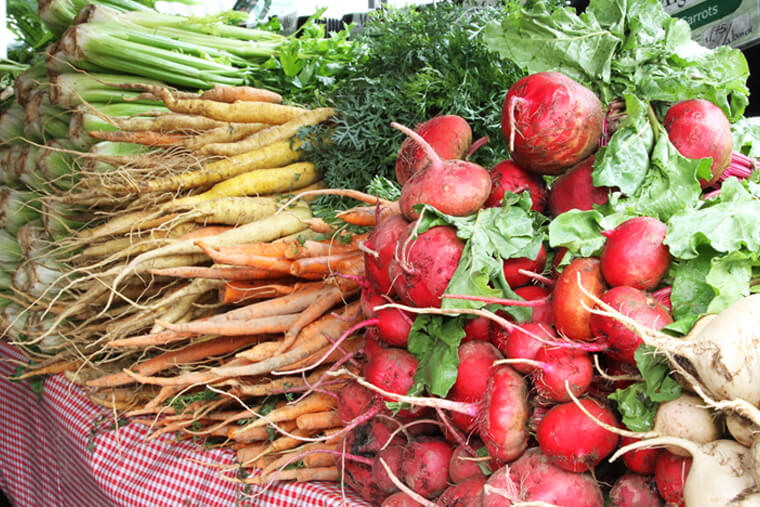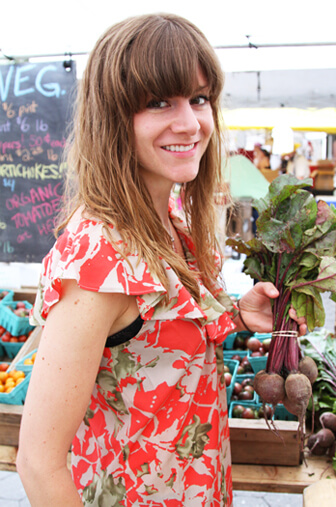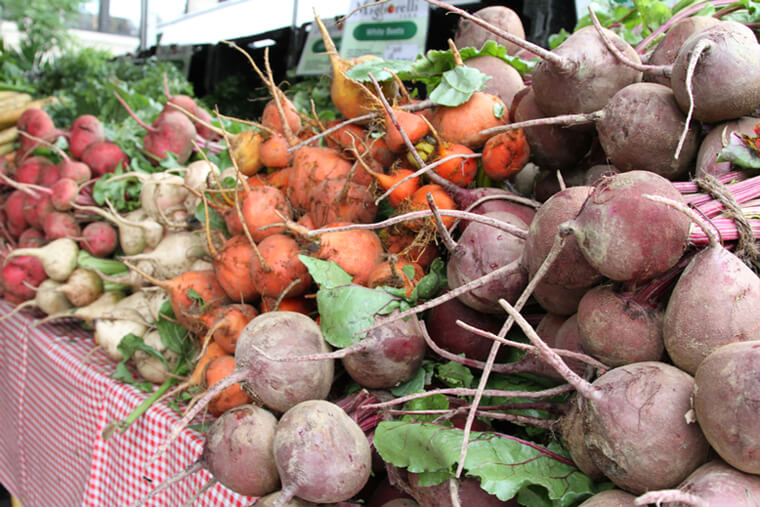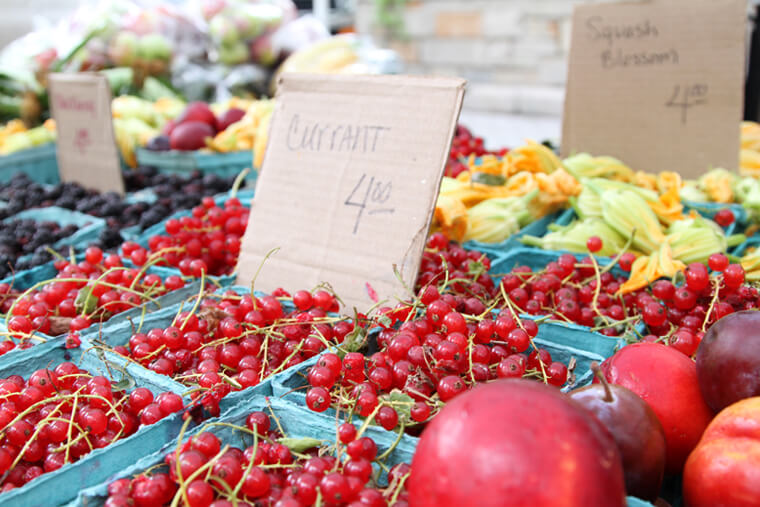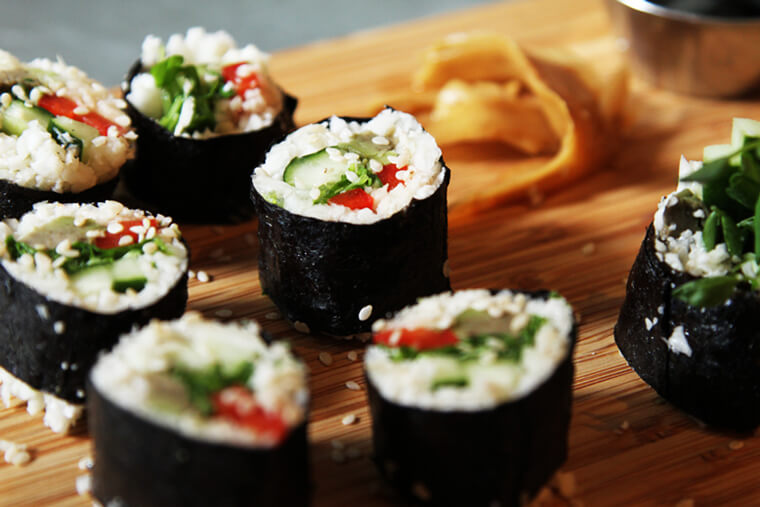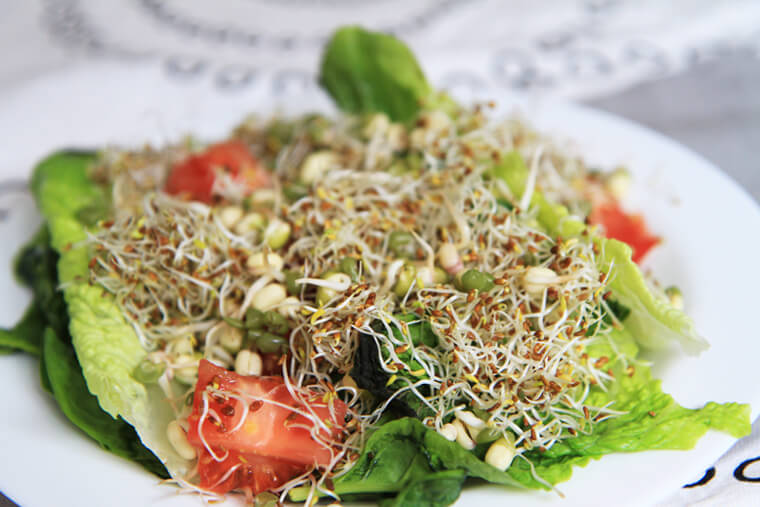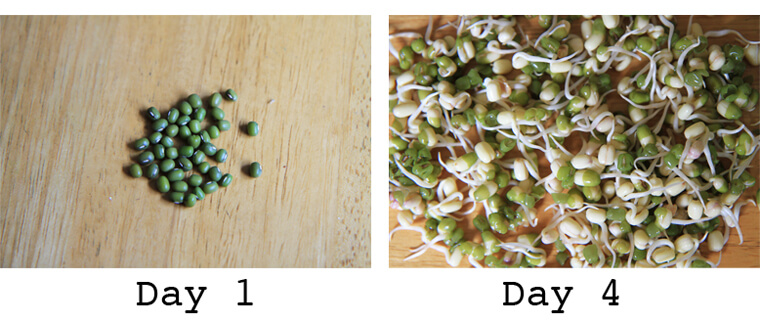You want to know a funny thing about Irish people? They always talk about the weather. Always. Come rain or come shine, they will talk about it. Several times each day. It’s one of the first things they mention when arriving at work, buying lunch, taking a taxi or meeting a friend in town. And since I find myself progressing into Irish ways, I’ve decided to tell you about the weather we’ve been experiencing in Cork this week. It has been a little bit chilly during my early morning runs, but we’ve had blue skies and pretty nice temperatures. The perfect weather for lounging outside.
Here in Ireland we didn’t experience much of a summer, just rain upon rain. As soon as September arrived it seems so has our Indian Summer. You could have bet your bottom dollar (or euro) that this would happen after such a non-event of a summer – the kids go back to school and everyone’s knuckling down again, then the weather takes a turn for the better. I think it is a real treat to be savored and it makes reading a book in the sunshine a particular pleasure.
I created a refreshing summer drink that tastes surprisingly like Sweet Tarts – those mouth-puckering candies of childhood. A whole lemon tart up this juicy blend of apple, pineapple and kiwi, while carrot sweetens the affair. It’s candy in a glass. Enjoy this summer-inspired drink for your weekend barbeques, picnics, parties or just while hanging out with friends this weekend.
Sweet Tart Juice
Ingredients:
- 1 apple
- 4 carrots
- 1/2 small pineapple
- 2 kiwis, peeled
- 1 whole lemon, peeled
Directions:
- Place everything in juicer and enjoy!
* Serve it frozen or chilled for extra perk.
(Photo Credit: my sister, Jenny Norris – jjnorris.com)

